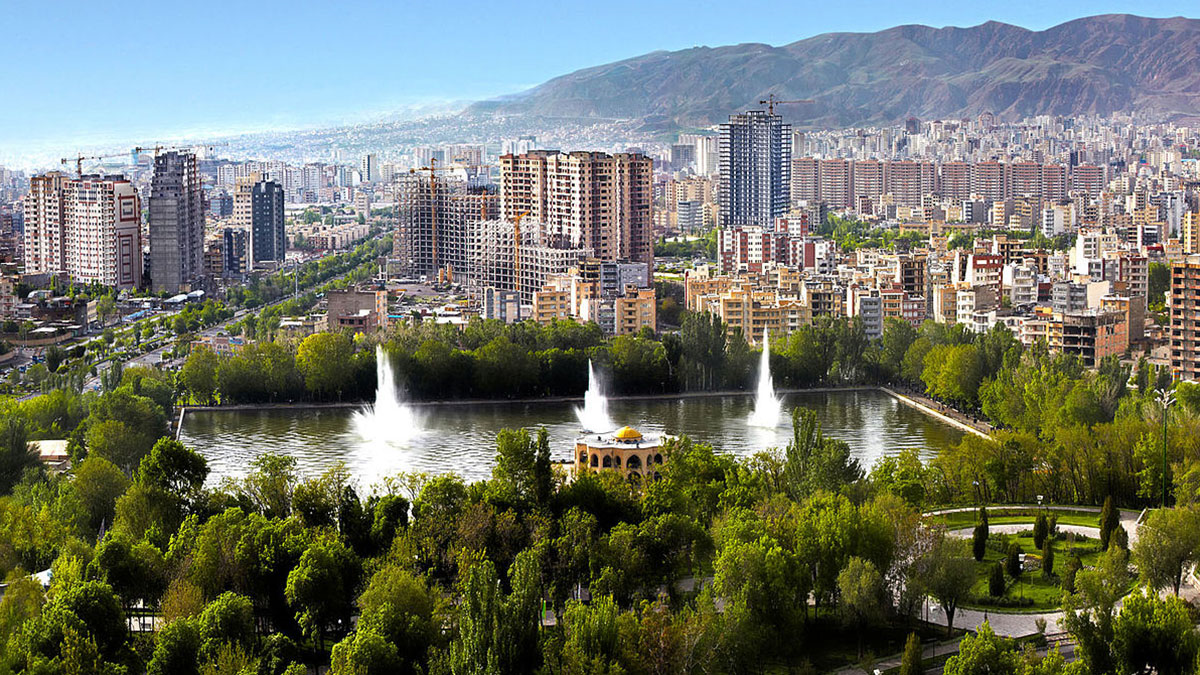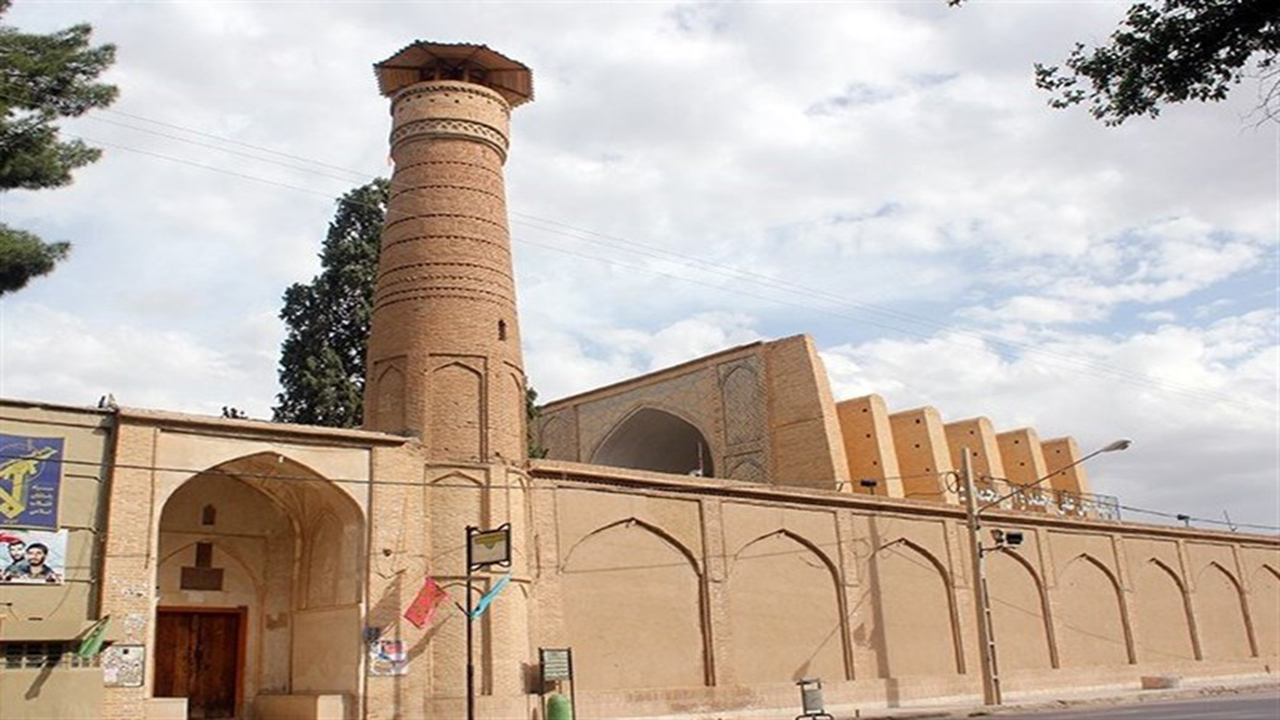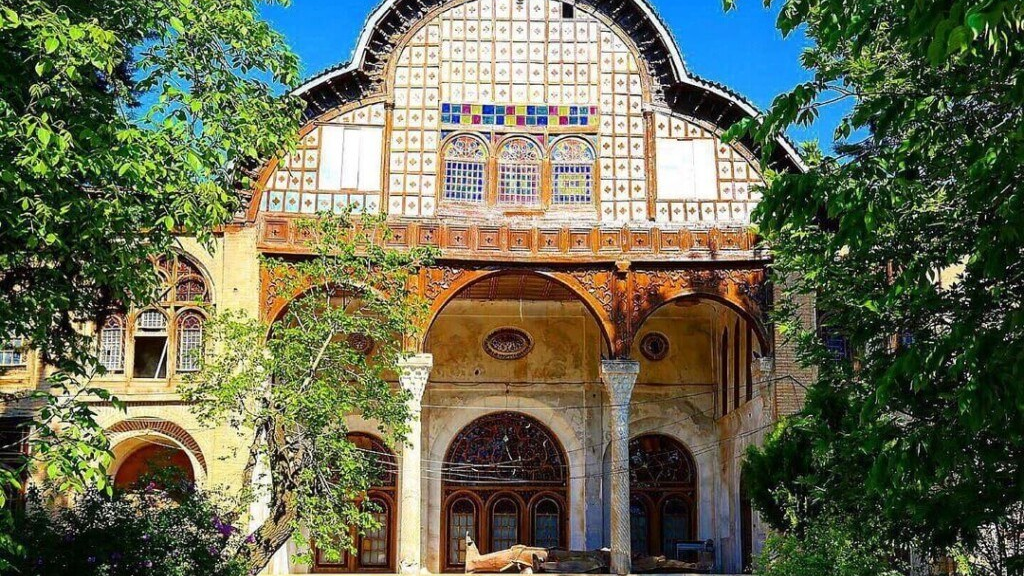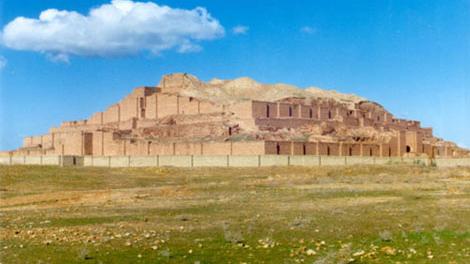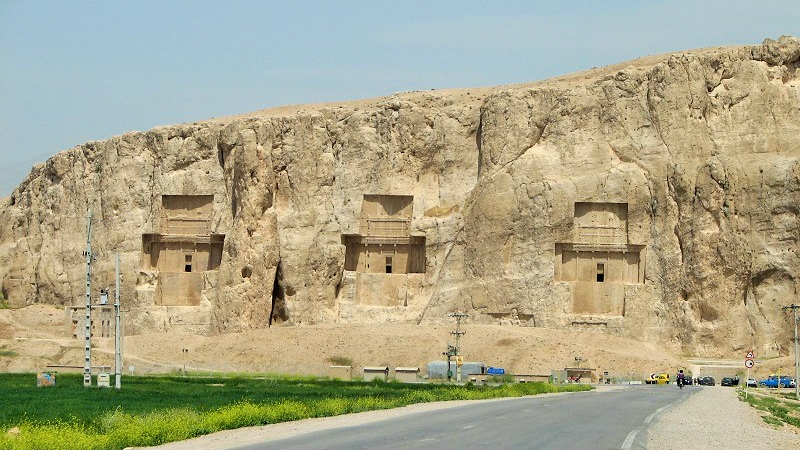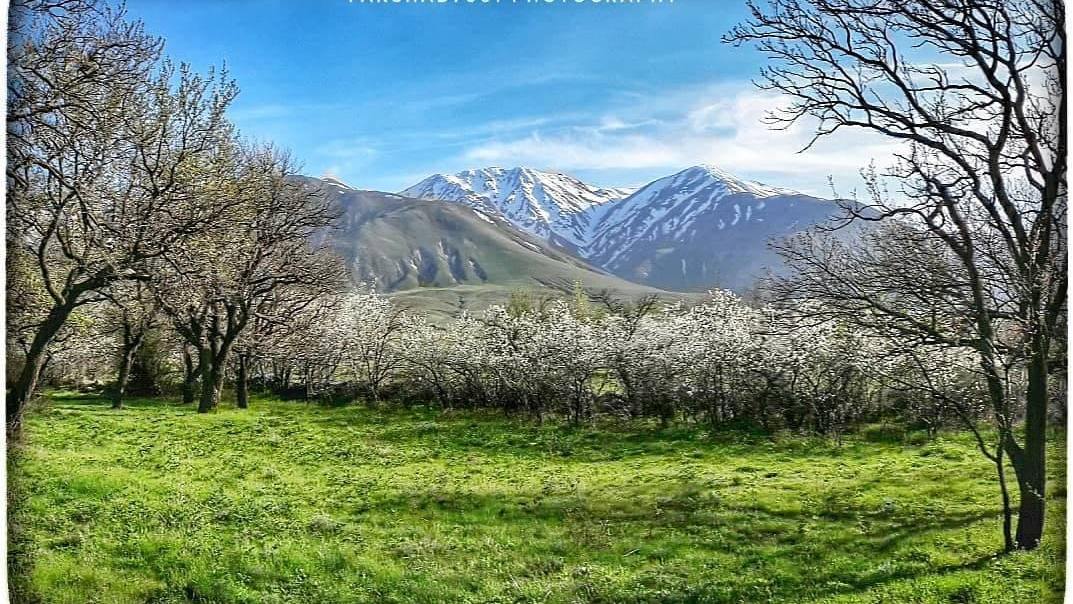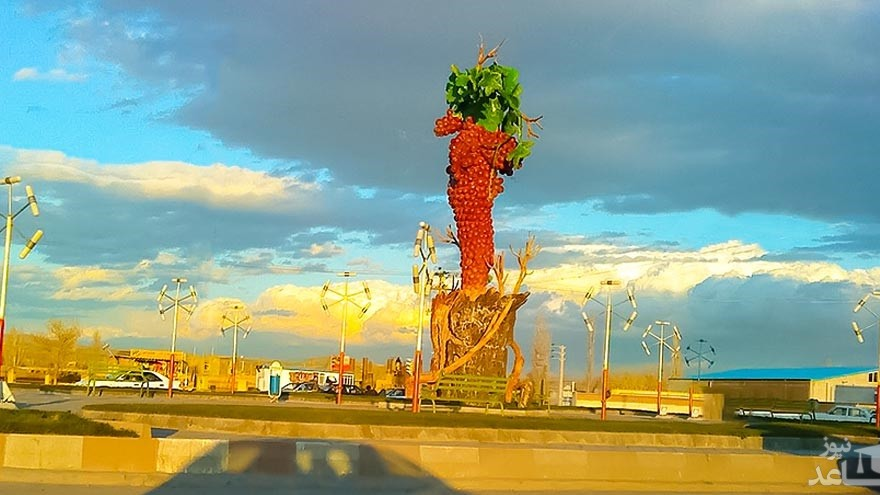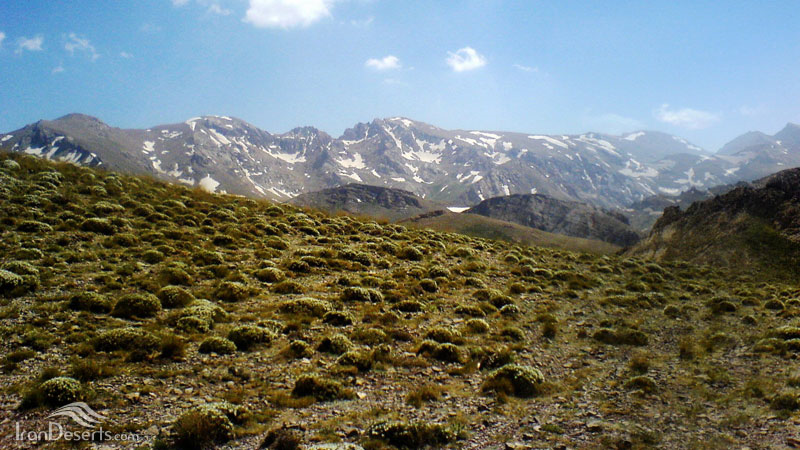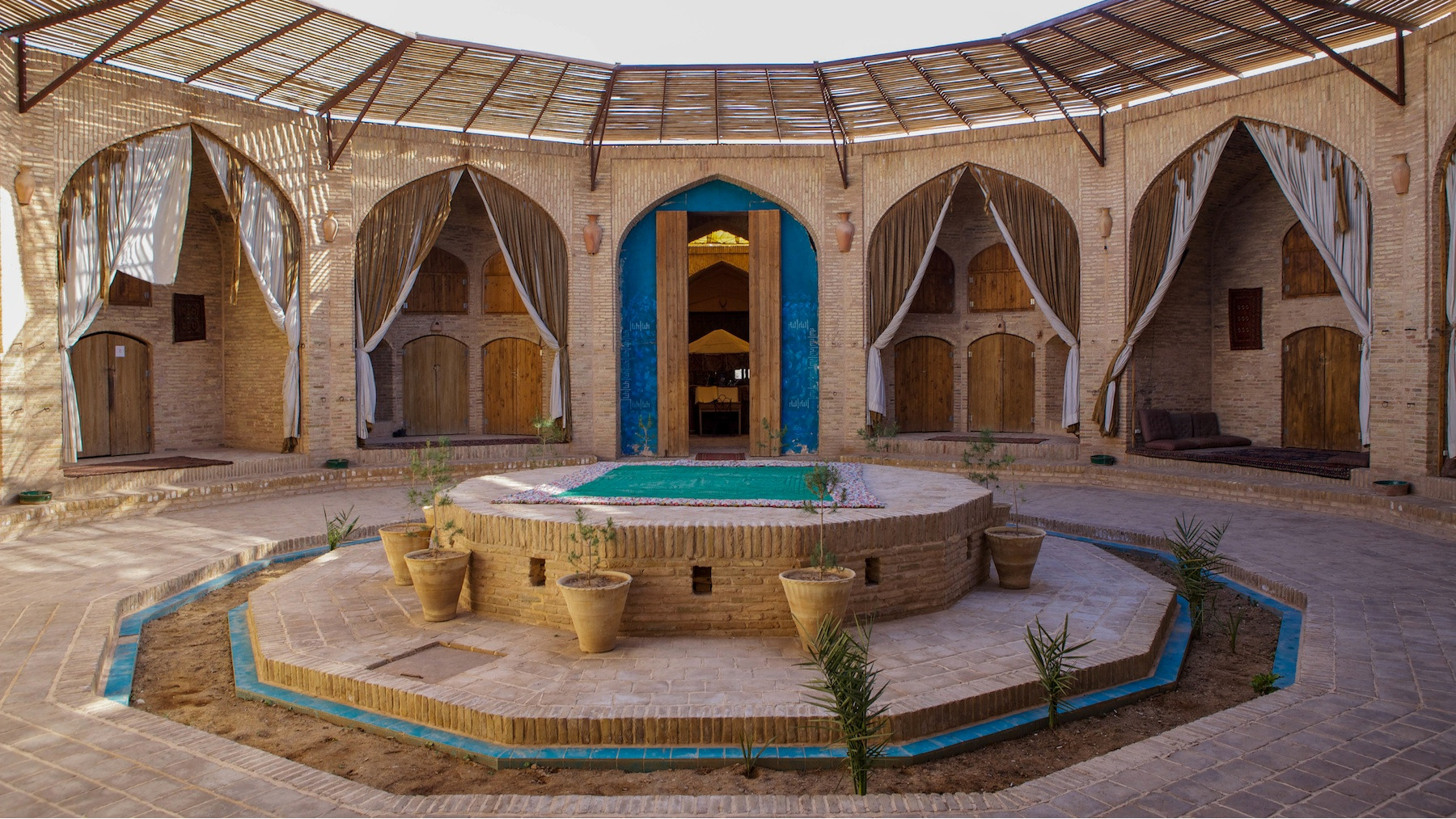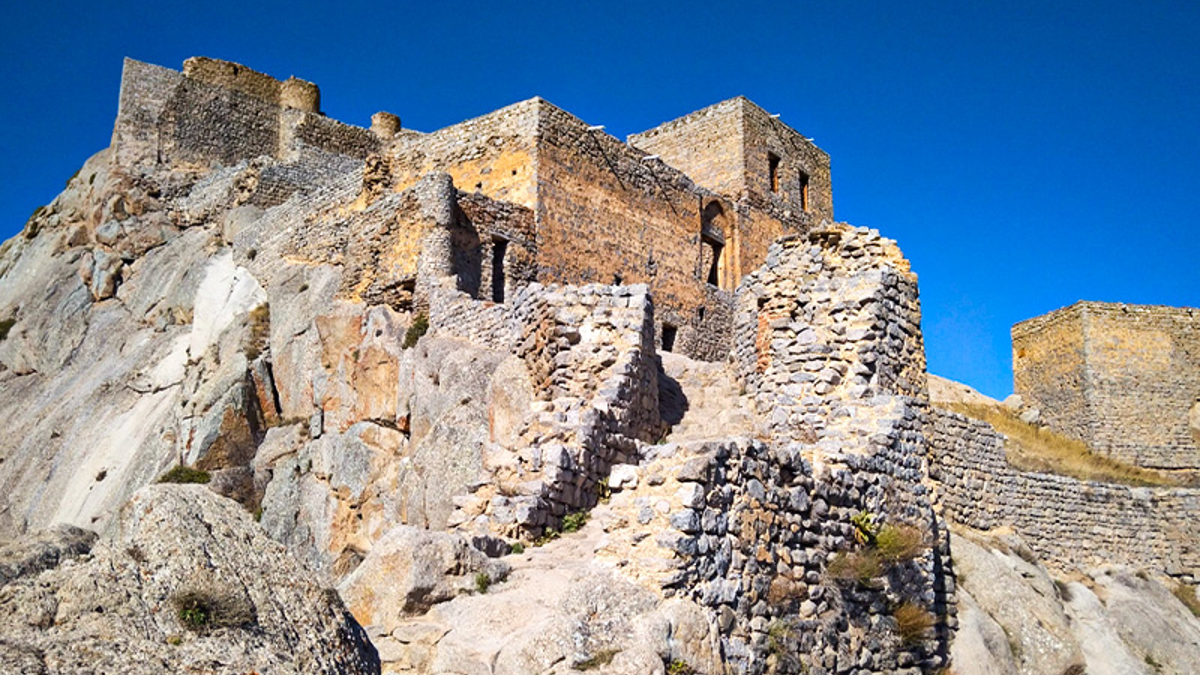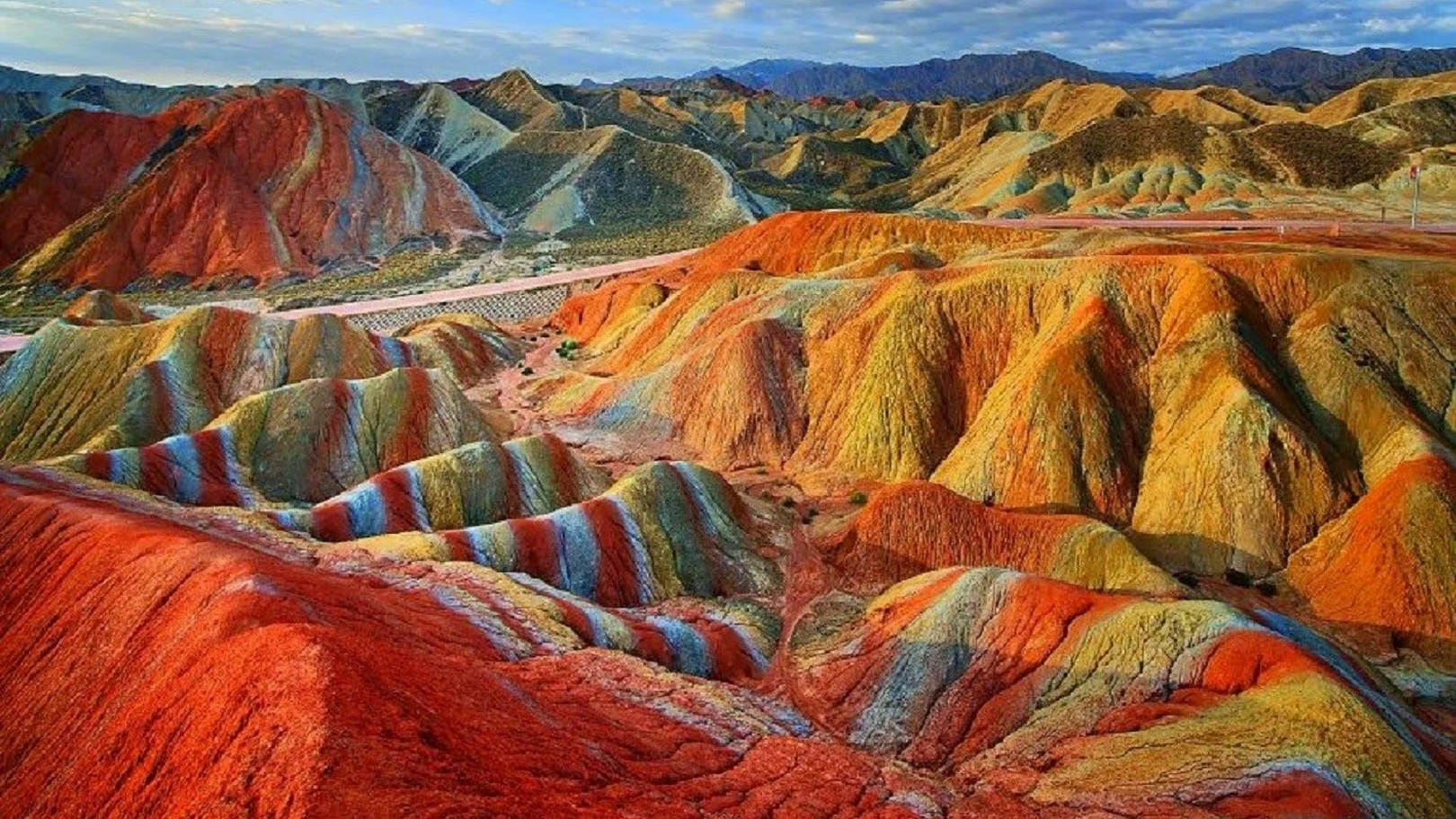_1_crop_3.jpg)
Dokhtar Bridge of Malekan
Malekan County is famous for having rich vineyards. This county is located in the southwest of East Azarbaijan Province, 144 km away from Tabriz. Dokhtar Bridge of Malekan, which is called “Qizlar Corpousi” in the local language, is one of the most important historical sites of this city, the longevity of the initial structure of which, according to some experts, dates back to about 500 years ago.
Some historians are of the opinion that today’s Malekan is the remaining part of the largest city and capital of the Atropatene region. During the Sassanid era (224 to 651 AD), this city was the center of storing the wealth of this dynasty. Thus, the choice of the name “Malekan” for this area, which is derived from “Malek” meaning Sultan and King, refers to the important position of the city in that era.
Where Is the Dokhtar Bridge of Malekan Located?
Farming is the main occupation of the people of Malekan and grapes are its most important agricultural product. The importance of this product is so much that has caused the foundation of several industries in and around the city.
Since the cultivation of grapes requires a lot of water, the people of this city supply the required water from the two rivers of Mardaghchay and Leylanchay. The Dokhtar Bridge of Malekan has been built on the Mardaghchay River. This river, which is also called “Mardichay” and “Morduchay”, is about 100 km long and originates from the southern slopes of Sahand Mountain, and after passing through Maragheh and Malekan flows into Zarineh River. The water of the Mardaghchay River eventually flows into Lake Urmia. With a water volume of 107 million cubic meters, Mardaghchay is one of the richest rivers of the region. The longevity of the bed of this river dates back to the third geological period and, therefore, it has an important place in geological fossil studies.
History and Features of Dokhtar Bridge of Malekan
The date of construction of the bridge, which is located between the two villages of “Qal’echouq” and “Qolikandi”, goes back to 1544 AD. This bridge has undergone restoration four times, the last of which was in 2016. Based on these restorations, the age of the present structure of the bridge can be attributed to the Safavid (16th century) and Qajar (19th century) periods.
The restorations made on this bridge have kept it strong enough for the commutation of residents, and the people of Sheikh Baba, Shivanshahlu, Challu, and Leylidagh villages use this bridge the most. The bridge is also strong enough for vehicles crossing it.
Dokhtar Bridge of Malekan has five dome-shaped spans three of which are for the passage of water and two are used for directing water to agricultural farms. The main materials used to build this bridge were bricks and stones. The existence of interesting and unique arches and niches has distinguished the structure of the Dokhtar Bridge of Malekan from similar bridges. This bridge is 49 meters long, 5.5 meters wide, and 6 meters high, and the surface area of its structure is 257 square meters.
Nomenclature
“Anahita” was considered the goddess of water and rain in ancient Iran. Therefore, throughout Iran, many ancient places were given the name “Dokhtar” meaning “girl” and “daughter”. According to experts, the origin of the name of this is related to this ancient belief.
When to Visit the Dokhtar Bridge of Malekan?
In winter, the temperature of Malekan reaches minus 8 degrees Celsius, therefore, it is better to visit this site in warm and moderate seasons of the year. In this sense, mid-spring to mid-autumn is the best time to visit this bridge. If you postpone your visit to the second half of the summer, you can also enjoy the products of Malekan orchards!
Dokhtar Bridge of Malekan was inscribed on the list of Iran’s national heritage in March 2008.
Located in the southwest of East Azarbaijan Province, 144 km away from Tabriz, Malekan County is famous for its rich vineyards.
| Name | Dokhtar Bridge of Malekan |
| Country | Iran |
| State | East Azerbaijan |
| City | Malekan |
| Type | Historical |
| Registration | National |



_3.jpg)
_5.jpg)



_3.jpg)
_5.jpg)
Choose blindless
Red blindless Green blindless Blue blindless Red hard to see Green hard to see Blue hard to see Monochrome Special MonochromeFont size change:
Change word spacing:
Change line height:
Change mouse type:
